The future of speedboats and small luxury craft
Photo credit to Instagram Account: edisson_boat
It could also be assumed that sharing enthusiastic stances about the future of speedboats will contribute to increasing the volume of dialogue about sustainability, which is greatly needed to protect our oceans from total and utter collapse.
The last 2 decades have seen dramatic changes when it comes to speedboats and small luxury craft, particularly when it comes to propulsion systems and luxury. This pertains equally to speedboats, as well as the future of big vessels and superyachts, which are experiencing a paradigm change as you are reading this text.
Prevalent materials have also changed, switching from wood and fibreglass to aluminium, steel, rubber and carbon fibre.
It is only natural to ask: what is next for this industry?
Gyroscopic Stabilization on speedboats and smaller vessles
What is a gyroscopic stabiliser? In short, it is a suspension system for yachts, that controls the amount of rocking and rolling a boat suffers, due to the inner workings of computer control, physical parts, design and accelerometers.
Gyroscopic stabilization has seen rapid evolvement in the last 10 years. Large vessels and superyachts were the first to implement this technology, and with the microfication of technology, the broader customer base might start seeing gyro stabilisers on speedboats and luxury crafts as well.
This would drastically cut the factor of rolling in the boat, enabling clients who suffer from sea sickness to experience a joyous and carefree tender ride.
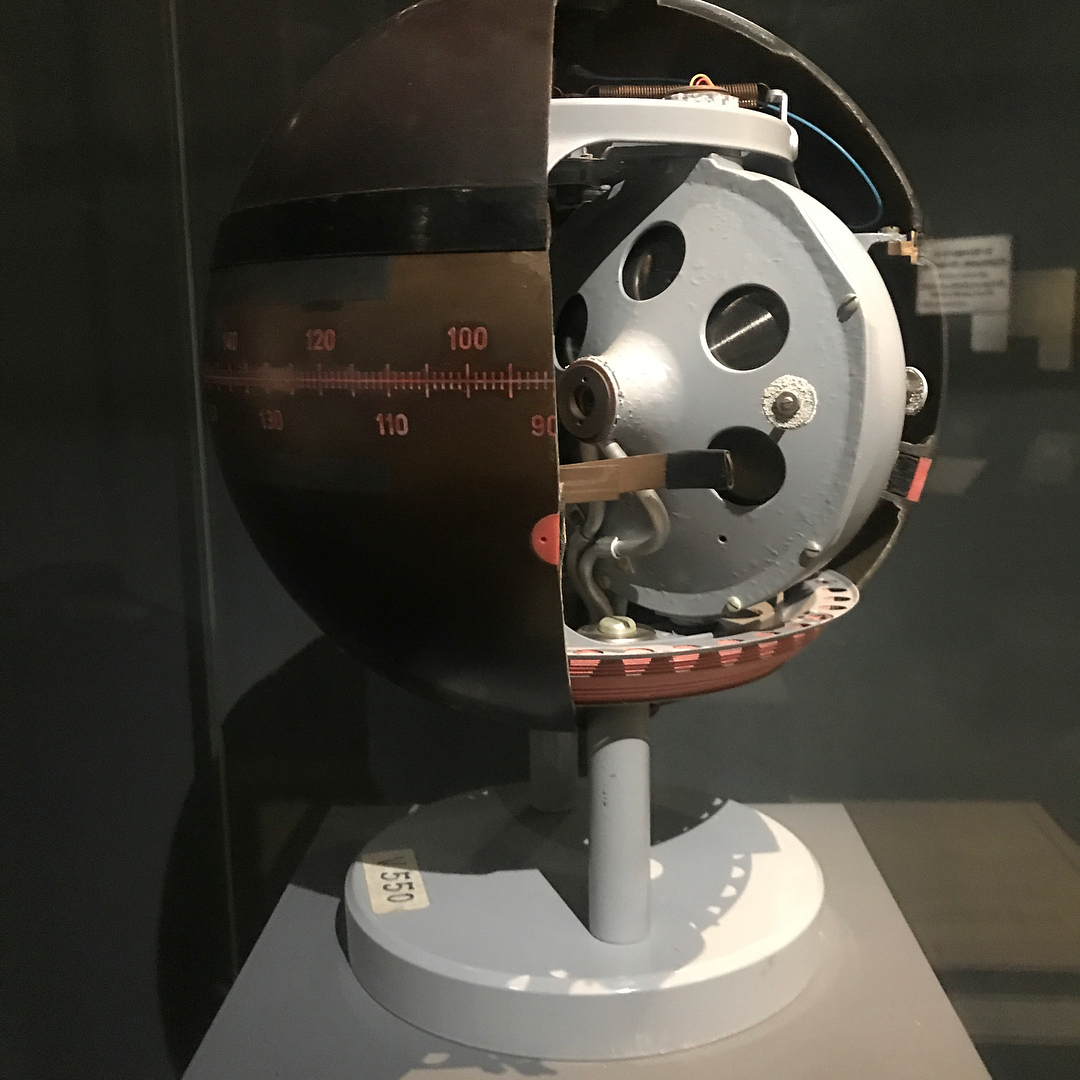
The availability of gyroscopic stabilisation will increase with a broader customer base, meaning this product will reach more and more clients, who will definitely be able to “feel” the difference.
Speedboats powered by electricity
As above, so below. This saying could definitely pertain to the fact that the yachting industry is rapidly changing, shifting its focus from fossil to renewable fuels, and the future of speedboats and small luxury craft is right behind them.
There are many newcomers in the boating sector who have taken renewability to heart, and have started dishing out boats that are exclusively powered by renewable energy sources.
Electric propulsion systems, combined with diesel engines, are being implemented right now into the next generation of speedboats, and it is only a matter of time before boats of all shapes and sizes will be e-charged directly on the dock, like electric cars. From here, it is only a small last step to being able to charge boats in the middle of the sea, on fuel stations powered by wind, waves or solar energy.
Another smart combination (which is taking the boating industry by storm) is combining sailing vessles with solar panels located in the sails themselves, as well as on the boat`s superstructure. This way, there is a real possibility of electric-only cruising, which is 100% environmentally friendly.
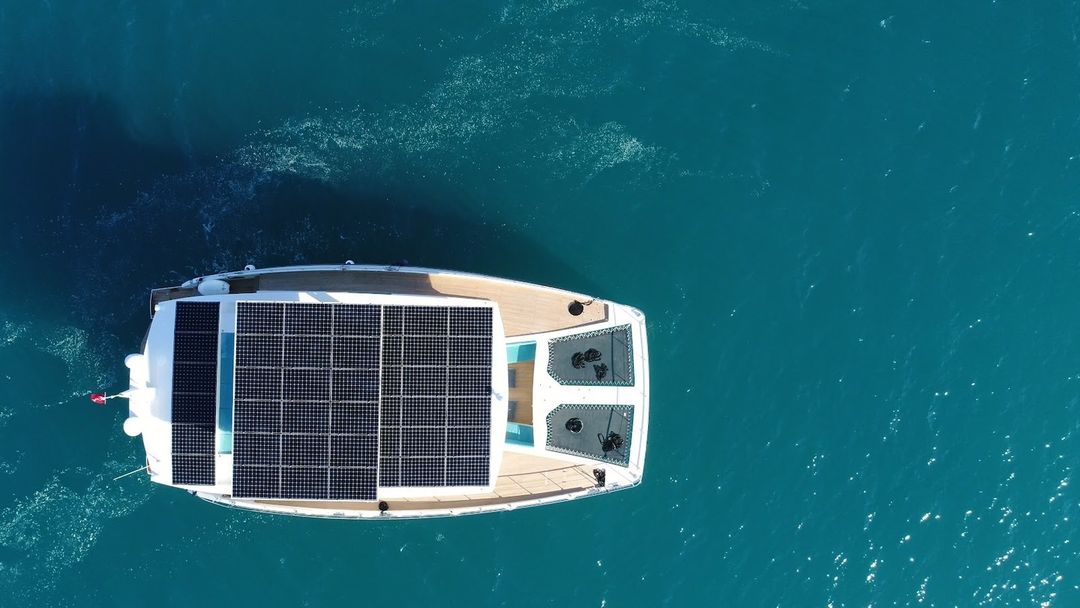
At SuperYachts Croatia, we are fully dedicated to the preservation of our beautiful Croatian Adriatic Sea, and that is why we encourage all visitors to always be mindful of their trash, and care for the sea as if it was their own, as we will dedicate ourselves to switching to hybrid speedboats once the technology becomes widely available and legal.
The silence of these motors is another thing – since it glides across the water in a very quiet way, it blends with nature perfectly. This arrangement is excellent for prolonged fishing or snorkelling trips, in situations where you do not want to disturb aquatic life on the sea floor.
Foiling – the “Old-New” way of travelling on water
Foiling has been an „on-and-off“ topic in the maritime industry for decades now, but only recently did some concepts of foiling speedboats proved themselves in the harsh environment of the open water and waves.
And this was all done thanks to the persistence, hard work and dedication of naval engineers who did not stop believing in the concept, long enough until it finally caught up.
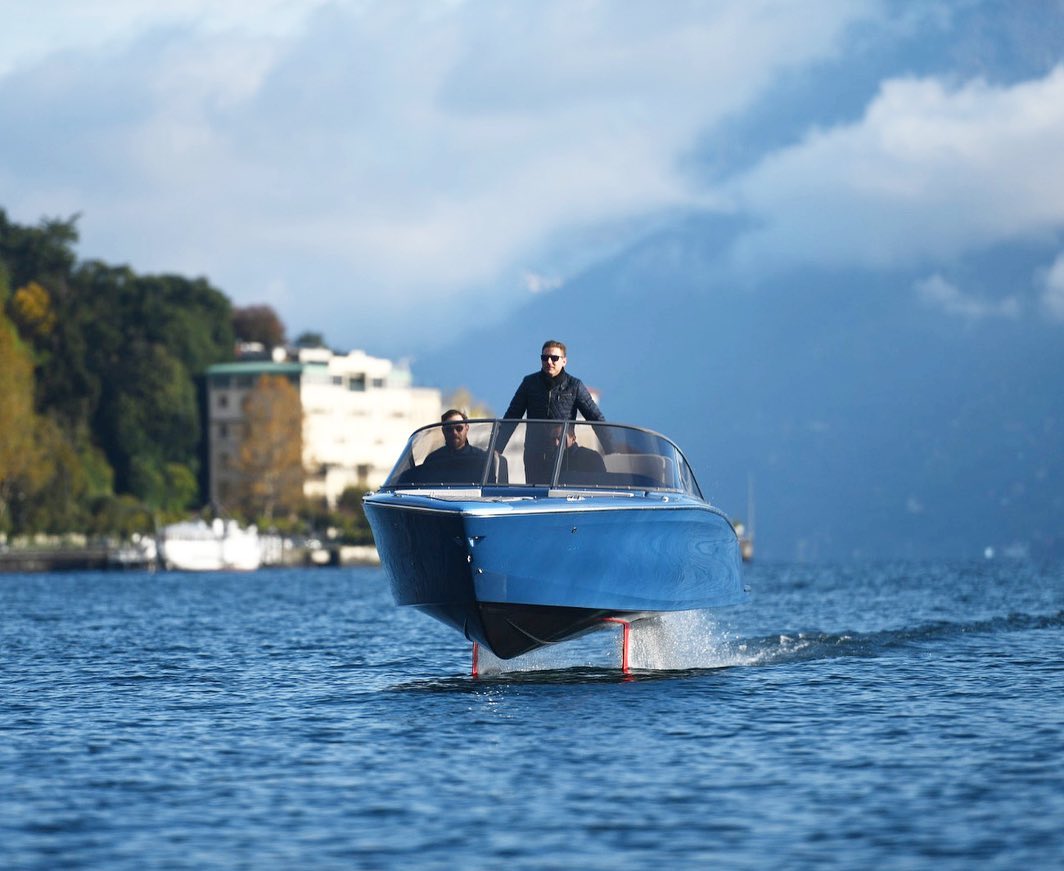
Foiling`s biggest advantage is fuel consumption: because traction on the surface is reduced, fuel consumption is decreased, while speed increases. For smaller boats, what could be better?
What is foiling exactly?
Foiling works similarly to surfing, but instead of a human leg finding its way on a surfboard, a boat can simply glide on water using underwater wings and fins, that make contact with the water. This way, the hull remains mostly dry, and with no water contact, this kind of travelling also reduces rolling and thrashing significantly.
When a speedboat archives the desired cruising speed, it will automatically raise above the water level ( thanks to lift) and „fly“ on its fins and wings, which are its main contact with the water. Drag is also cut significantly. Professionals and locals both cannot wait until this technology becomes widely available, because it has proved itself to be an incredible fuel-and-time saver.
Did you know?
Before foiling was a thing, planning was all the rage. Ekranoplans were meant to revolutionise the way people travelled over water, but the technology did not catch up, because it had some disadvantages when it came to traversing ocean swells. Today, significant upgrades were made to models, and this kind of vehicle is once again gaining attention.
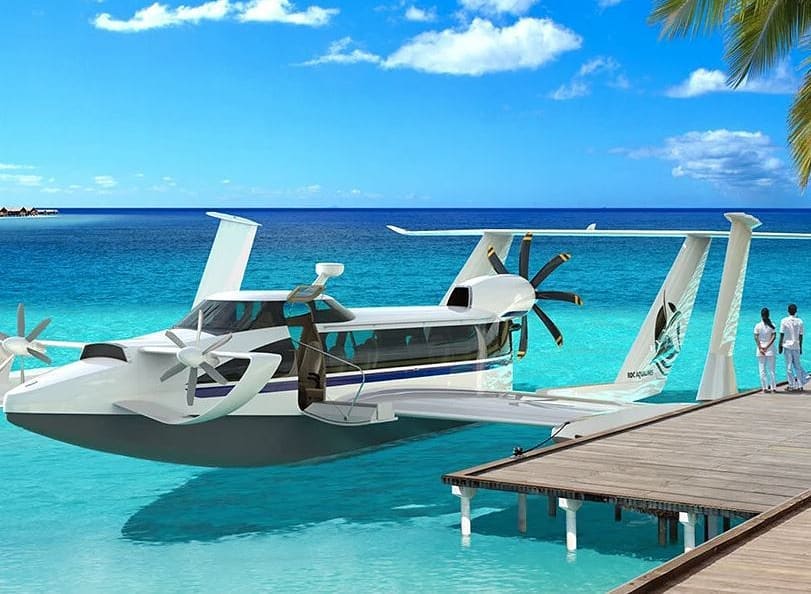
Ekranoplans use what is called the „ground effect“, where lift in combination with forward moment produces a low-drag space between the vehicle and the surface of the water, which the boat uses to literally fly above the level of the water. With a pair of pseudo-wings, ekranoplanes looked like aeroplanes, and behaved like boats, but were neither, belonging to a category of their own.
Carbon fibre is all the rage in boat building these days. With a fraction of weight when compared to traditional materials such as composite, aluminium, wood and steel, and with several points higher density and resistance to fracturing, carbon fibre has slowly, but surely started to phase out the abovementioned traditional materials.
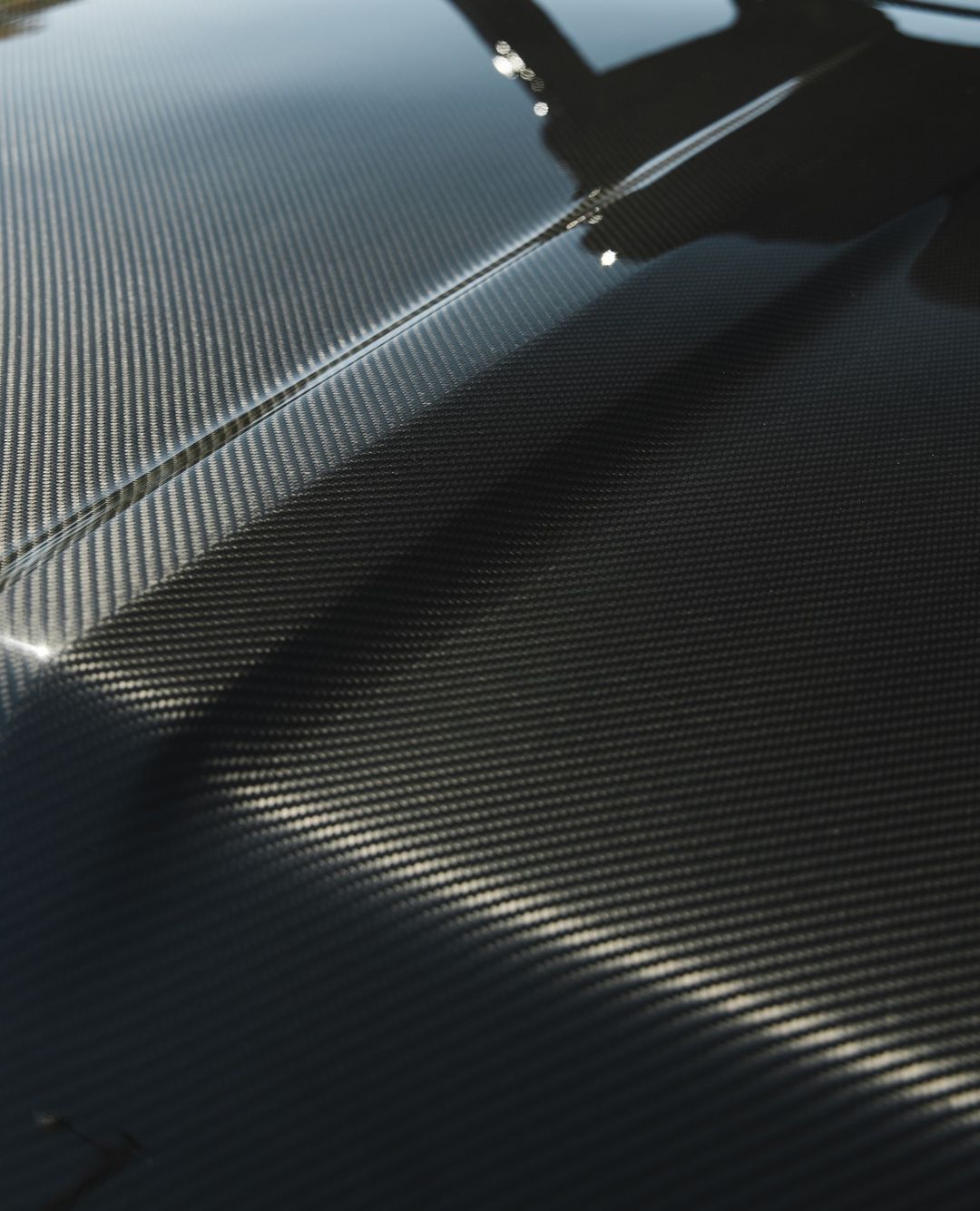
This means that boats of the future will be sturdier, more resistant and stronger, but at the same time lighter and with better overall performance. Add to that increased hydrodynamics, more speed and an excellent strength-weight hull ratio, and you have zero reasons not to strongly consider this material when talking about the future of speedboats.
Smart boats, digital luxury craft, boats and tehcnology moulded into one
…this is a somewhat true statement even now when larger boats have entire computer systems that look after the boat`s performance.
On smaller boats, artificial intelligence systems will be implemented, which will judge the best course according to designated fuel expenditures, the state of the sea, the weather and many other factors. Also, the management of power, solar panels and battery banks will be a very important task for this technology.
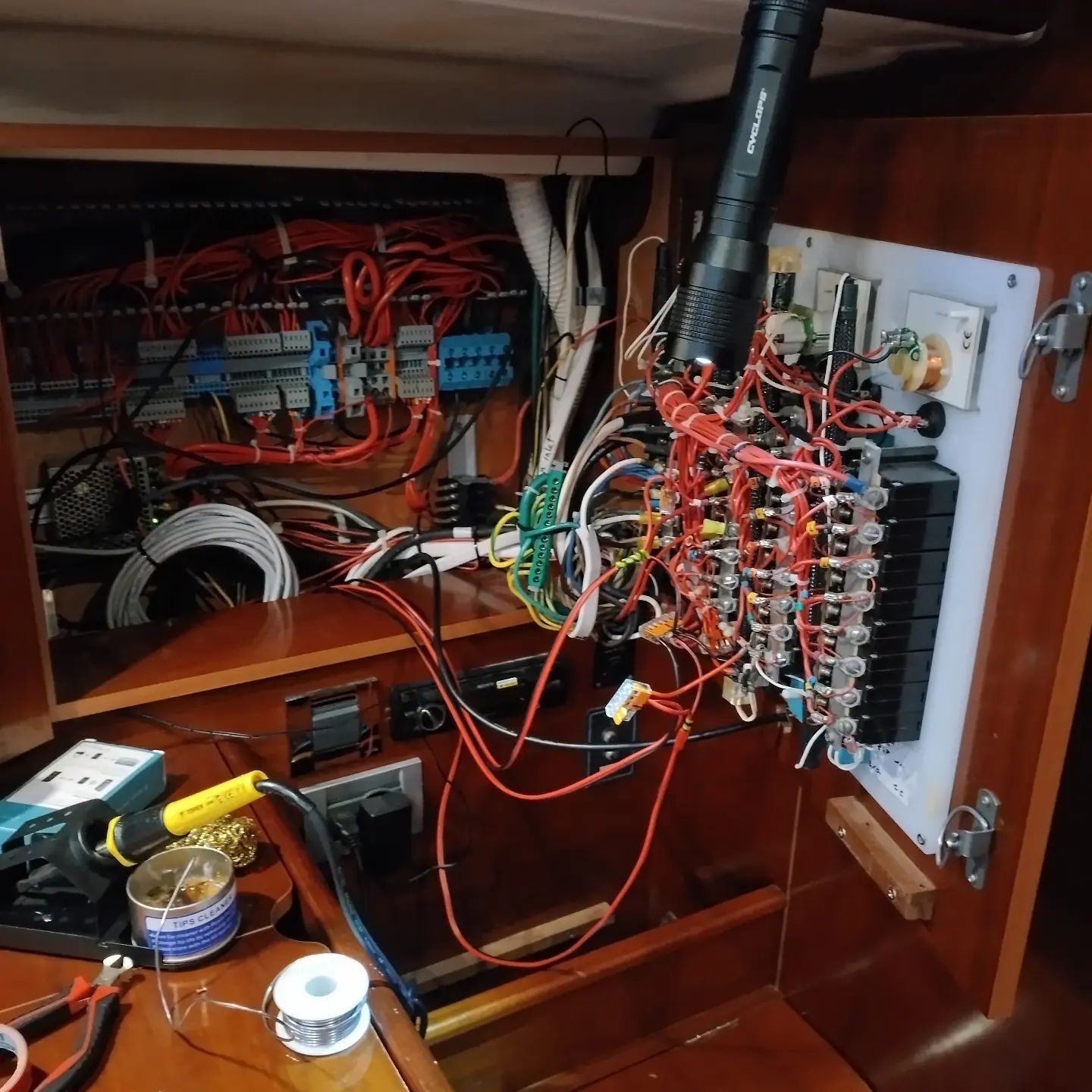
Since solar power is becoming an increasingly viable option for hybrid-electric vessels, there will be a need for a digital system that will be able to provide a rational energy expenditure plan, optimising the energy it has and the demands of the journey ahead.
This will imply that all power management, monitoring and onboard power storage capacity will be done by A.I. systems since advanced onboard monitoring and electrical diagnostic systems are currently the norms.
Smart boat technology is still in its early years, but we cannot wait for the things that will come
Some crazy examples of the things to come
The Quadrofoil
This vessel combines foiling technology with the newest advances in hydro-and-aero dynamicity, to create a truly unique and modern watercraft. The steering systems had to be made from scratch, to enable simultaneous control of all four foils and the motor. This in turn created a very agile and swift vessel
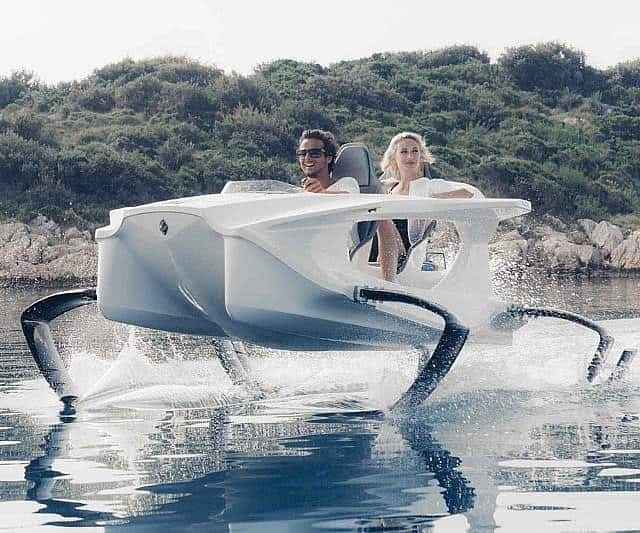
This boat is also eco-friendly, with battery power providing top performance and efficiency; its silent motors and zero emission are just one of several main reasons why we can expect something like this to be seen on the nearest water surface in the near future.
Energy Observer
Energy Observer is “the name of the first hydrogen-powered, zero-emission vessel to be self-sufficient in energy, advocating and serving as a laboratory for ecological transition”. The crew of this vessel started to circumnavigate the earth, parallel to promoting the capabilities of these kinds of revolutionary boat concepts.
Using solar panels, wind turbines, and hydrogen cells to be energy-self-sufficient, the Energy Observer has become a symbol of learning and understanding how renewable energy sources can change the face of our world.
Charter Yachts
We present to you the best selling yachts for charter in 2021. Slide through these different yachts, ranging from 20 to 80 meters in length, and choose the best option for you. If you have any questions regarding yacht charter, destinations & yacht support, contact us.
VIEW ALL CHARTER YACHTS








